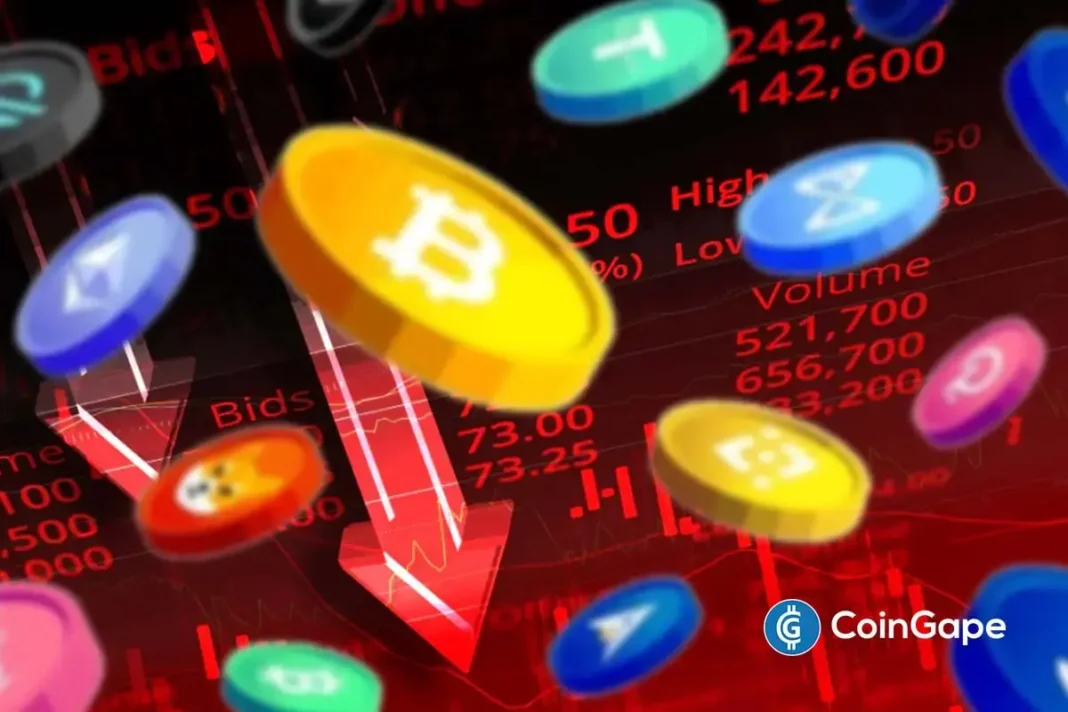Market Pulse
Brazil is rapidly emerging as a fascinating nexus for digital asset innovation, demonstrating how blockchain technology can bridge traditional financial markets with the burgeoning decentralized finance (DeFi) ecosystem. The introduction of the BRLV stablecoin marks a significant milestone, promising to unlock unprecedented access for institutional investors to Brazil’s often-lucrative, double-digit government bond yields. This development not only highlights the practical utility of stablecoins beyond simple value transfers but also positions Brazil at the forefront of tokenized real-world assets (RWAs).
Bridging Traditional Finance and DeFi
For years, institutional investors, particularly those outside Brazil, have faced considerable hurdles in accessing the nation’s robust fixed-income market. These barriers include complex regulatory frameworks, capital controls, and the operational inefficiencies associated with cross-border transactions in traditional finance. The BRLV stablecoin, pegged to the Brazilian Real (BRL), is engineered to dismantle these obstacles, offering a streamlined, compliant, and efficient conduit for global capital to flow into Brazilian government bonds.
- Eliminating Intermediaries: Direct access reduces the need for multiple brokers and custodians, streamlining the investment process.
- Enhanced Liquidity: Integration of BRLV into DeFi protocols can improve the liquidity of underlying Brazilian government bonds.
- Fractional Ownership: Tokenization potentially allows for smaller investment increments, broadening the pool of accessible capital.
Understanding BRLV and Its Mechanism
The BRLV stablecoin functions as a fully collateralized digital asset, meticulously maintaining a 1:1 peg with the Brazilian Real. Its core innovation lies in its ability to represent ownership or claims on real-world assets, specifically high-yield Brazilian government bonds. The underlying bonds are held in regulated, transparent structures, ensuring that each BRLV token is backed by tangible, audited assets. This robust mechanism is crucial for building trust and ensuring regulatory compliance, which are paramount for widespread institutional adoption.
The operational framework behind BRLV involves a sophisticated blend of cutting-edge blockchain technology for its issuance and seamless transfer, alongside established traditional financial institutions for the secure custody and professional management of the underlying real-world assets. This innovative hybrid approach is widely regarded as the most viable and effective pathway for channeling substantial institutional capital into the burgeoning digital asset space, adeptly combining the inherent transparency and efficiency of blockchain with the security and stringent regulatory oversight characteristic of conventional finance.
Implications for Institutional Investors
The potential implications of BRLV for institutional investors are profound and far-reaching. Brazil’s monetary policy, often characterized by higher interest rates implemented to combat inflation, frequently results in government bond yields that significantly outperform those available in more developed economies. By tokenizing these attractive bonds via BRLV, institutional players can now:
- Access High Yields: Capture attractive, double-digit returns that were previously difficult or cost-prohibitive to reach.
- Diversify Portfolios: Efficiently add exposure to an dynamic emerging market economy, benefiting from unique risk-reward profiles.
- Reduce Transaction Costs: Benefit from the inherently lower fees and significantly faster settlement times characteristic of blockchain transactions compared to traditional cross-border transfers.
- Improve Operational Efficiency: Streamline complex back-office processes through automated, smart-contract-enabled transactions, leading to greater transparency and reduced manual effort.
This pioneering initiative could pave the way for an entirely new class of digital products, where stablecoins increasingly act as a secure and efficient gateway to various tokenized real-world assets, ranging from commodities to real estate, thereby unlocking vast and previously inaccessible investment opportunities for a global audience.
The Broader Picture: Stablecoins and Emerging Markets
Brazil’s innovative foray into stablecoin-enabled institutional access to its sovereign debt market serves as a compelling and influential case study for other emerging economies globally. Many developing nations grapple with similar challenges in attracting foreign direct investment into their domestic financial markets, often due to perceived complexities or lack of direct access. A well-regulated, transparent stablecoin framework, meticulously backed by robust local assets, could effectively replicate Brazil’s early success, fostering significant economic growth and enhancing financial inclusion on a global scale.
The BRLV model, with its emphasis on transparency and asset backing, has the potential to inspire a new wave of tokenized financial instruments, thereby significantly accelerating the convergence of traditional finance with cutting-edge blockchain technology. It powerfully underscores the evolving potential for stablecoins to transcend their initial role as mere crypto trading pairs, transforming into fundamental building blocks of a more efficient, seamlessly interconnected, and universally accessible global financial system.
Conclusion
The launch of the BRLV stablecoin and its promise of institutional access to Brazil’s high-yield government bonds represents a pivotal and transformative moment in the rapidly evolving crypto-financial landscape. It powerfully demonstrates a sophisticated and practical application of blockchain technology designed to solve real-world financial challenges, effectively offering a robust blueprint for other nations and financial institutions looking to innovate. As the digital asset space continues its inevitable maturation, such forward-thinking innovations will be absolutely crucial in solidifying crypto’s enduring role as a truly transformative force, inherently capable of unlocking unprecedented efficiencies and novel opportunities for investors around the globe.
Pros (Bullish Points)
- Opens new, efficient access for institutional investors to high-yield Brazilian government bonds.
- Demonstrates a robust, real-world application of stablecoins and tokenization beyond mere speculation.
Cons (Bearish Points)
- Potential for regulatory challenges or uncertainties as the model scales internationally.
- Dependence on the stability of the Brazilian Real and underlying bond market, which carries inherent emerging market risks.
Frequently Asked Questions
What is the BRLV stablecoin?
BRLV is a stablecoin pegged 1:1 to the Brazilian Real (BRL), designed to provide institutional investors with digital access to Brazil's government bond market.
How does BRLV provide access to Brazilian government bonds?
BRLV tokens are collateralized by underlying high-yield Brazilian government bonds held in regulated structures, streamlining cross-border investment and reducing traditional barriers.
What are the main benefits for institutional investors using BRLV?
Institutional investors can gain efficient access to attractive double-digit yields, diversify portfolios with emerging market assets, and benefit from lower transaction costs and improved operational efficiency.



